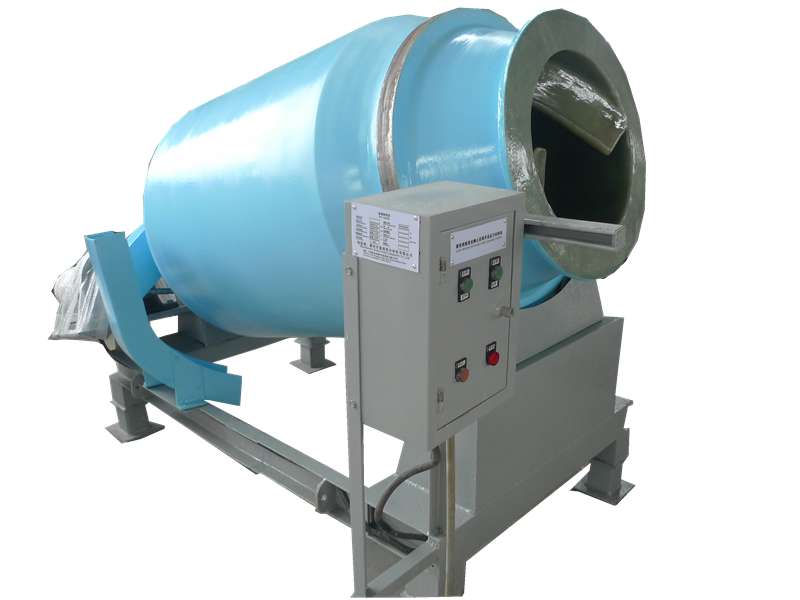
-
 Afrikaans
Afrikaans -
 Albanian
Albanian -
 Amharic
Amharic -
 Arabic
Arabic -
 Armenian
Armenian -
 Azerbaijani
Azerbaijani -
 Basque
Basque -
 Belarusian
Belarusian -
 Bengali
Bengali -
 Bosnian
Bosnian -
 Bulgarian
Bulgarian -
 Catalan
Catalan -
 Cebuano
Cebuano -
 China
China -
 China (Taiwan)
China (Taiwan) -
 Corsican
Corsican -
 Croatian
Croatian -
 Czech
Czech -
 Danish
Danish -
 Dutch
Dutch -
 English
English -
 Esperanto
Esperanto -
 Estonian
Estonian -
 Finnish
Finnish -
 French
French -
 Frisian
Frisian -
 Galician
Galician -
 Georgian
Georgian -
 German
German -
 Greek
Greek -
 Gujarati
Gujarati -
 Haitian Creole
Haitian Creole -
 hausa
hausa -
 hawaiian
hawaiian -
 Hebrew
Hebrew -
 Hindi
Hindi -
 Miao
Miao -
 Hungarian
Hungarian -
 Icelandic
Icelandic -
 igbo
igbo -
 Indonesian
Indonesian -
 irish
irish -
 Italian
Italian -
 Japanese
Japanese -
 Javanese
Javanese -
 Kannada
Kannada -
 kazakh
kazakh -
 Khmer
Khmer -
 Rwandese
Rwandese -
 Korean
Korean -
 Kurdish
Kurdish -
 Kyrgyz
Kyrgyz -
 Lao
Lao -
 Latin
Latin -
 Latvian
Latvian -
 Lithuanian
Lithuanian -
 Luxembourgish
Luxembourgish -
 Macedonian
Macedonian -
 Malgashi
Malgashi -
 Malay
Malay -
 Malayalam
Malayalam -
 Maltese
Maltese -
 Maori
Maori -
 Marathi
Marathi -
 Mongolian
Mongolian -
 Myanmar
Myanmar -
 Nepali
Nepali -
 Norwegian
Norwegian -
 Norwegian
Norwegian -
 Occitan
Occitan -
 Pashto
Pashto -
 Persian
Persian -
 Polish
Polish -
 Portuguese
Portuguese -
 Punjabi
Punjabi -
 Romanian
Romanian -
 Russian
Russian -
 Samoan
Samoan -
 Scottish Gaelic
Scottish Gaelic -
 Serbian
Serbian -
 Sesotho
Sesotho -
 Shona
Shona -
 Sindhi
Sindhi -
 Sinhala
Sinhala -
 Slovak
Slovak -
 Slovenian
Slovenian -
 Somali
Somali -
 Spanish
Spanish -
 Sundanese
Sundanese -
 Swahili
Swahili -
 Swedish
Swedish -
 Tagalog
Tagalog -
 Tajik
Tajik -
 Tamil
Tamil -
 Tatar
Tatar -
 Telugu
Telugu -
 Thai
Thai -
 Turkish
Turkish -
 Turkmen
Turkmen -
 Ukrainian
Ukrainian -
 Urdu
Urdu -
 Uighur
Uighur -
 Uzbek
Uzbek -
 Vietnamese
Vietnamese -
 Welsh
Welsh -
 Bantu
Bantu -
 Yiddish
Yiddish -
 Yoruba
Yoruba -
 Zulu
Zulu
cpvc frp pipe
Understanding CPVC FRP Pipes Benefits and Applications
CPVC (Chlorinated Polyvinyl Chloride) FRP (Fiber Reinforced Plastic) pipes are gaining traction in various industries due to their exceptional properties and advantages over traditional pipe materials. As technology evolves, the demand for durable, lightweight, and corrosion-resistant piping solutions has surged. This article delves into the benefits and applications of CPVC FRP pipes, highlighting their significance in modern infrastructure.
What is CPVC FRP?
CPVC is a thermoplastic material that is produced by the chlorination of PVC resin, resulting in improved heat resistance and chemical endurance. When combined with reinforcing fibers, CPVC transforms into FRP, a composite material that boasts remarkable strength-to-weight ratios, flexibility, and resistance to various environmental factors. This innovative combination makes CPVC FRP pipes suitable for diverse applications across various industries.
Key Benefits of CPVC FRP Pipes
1. Corrosion Resistance One of the most notable advantages of CPVC FRP pipes is their resistance to chemical corrosion. In industries where aggressive chemicals are prevalent, such as chemical processing and waste management, these pipes demonstrate longevity and reliability compared to metal pipes, which may corrode over time.
2. Lightweight CPVC FRP pipes are significantly lighter than traditional materials like metal or concrete. This lightweight property not only simplifies installation but also reduces transportation costs, making them an economically viable choice.
3. High Strength The reinforcement fibers provide additional strength, enabling CPVC FRP pipes to withstand high pressures and temperatures. This robust characteristic is especially beneficial in high-demand applications, such as water treatment plants and industrial processing facilities.
4. Thermal Resistance CPVC pipes have excellent thermal resistance capabilities, allowing them to function efficiently in high-temperature environments, which is crucial in sectors like oil and gas.
5. Ease of Installation The lightweight nature and simple joining methods (like solvent welding) make CPVC FRP pipes easier to handle and install, saving time and labor costs during construction.
cpvc frp pipe

6. Longevity and Low Maintenance Due to their superior resistance to environmental factors and chemicals, CPVC FRP pipes generally provide a longer service life. This reduces the need for frequent replacements or maintenance, further contributing to cost savings in the long run.
Applications of CPVC FRP Pipes
The versatile nature of CPVC FRP pipes allows them to be employed across various sectors
1. Chemical Processing Their corrosion resistance makes them ideal for transporting aggressive chemicals safely and efficiently.
2. Water Treatment CPVC FRP pipes are commonly used in treatment plants for transporting potable water, as they do not leach harmful substances and maintain water quality.
3. Oil and Gas Withstanding high temperatures and pressures, these pipes are suitable for applications in oil refineries and gas distribution systems.
4. Pharmaceuticals In industries where hygiene and cleanliness are paramount, CPVC FRP pipes offer a non-toxic solution that meets strict regulatory requirements.
5. Waste Management In waste treatment facilities, CPVC FRP pipes resist exposure to harmful substances, proving essential for safe waste management.
Conclusion
In conclusion, CPVC FRP pipes represent a significant advancement in piping technology, offering a perfect blend of durability, lightweight, and resistance to corrosion and chemicals. Their wide array of applications highlights their importance across industries such as chemical processing, water treatment, oil and gas, and pharmaceuticals. As industries continue to seek efficient and reliable piping solutions, CPVC FRP pipes are expected to play a vital role in modern infrastructure and development. Investing in these pipes not only enhances operational efficiency but also contributes to sustainability and long-term cost benefits.









